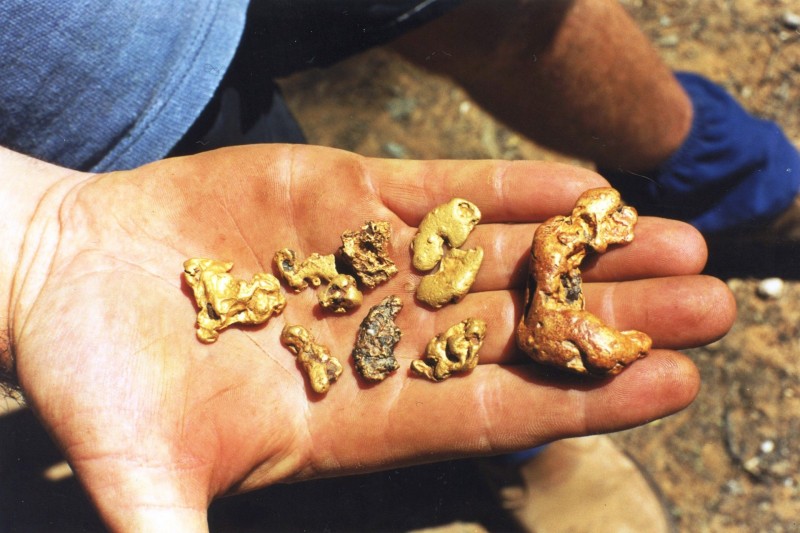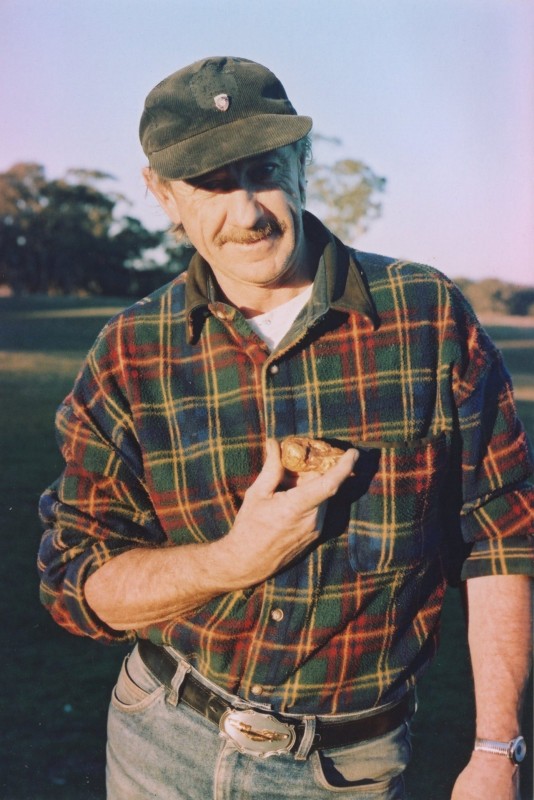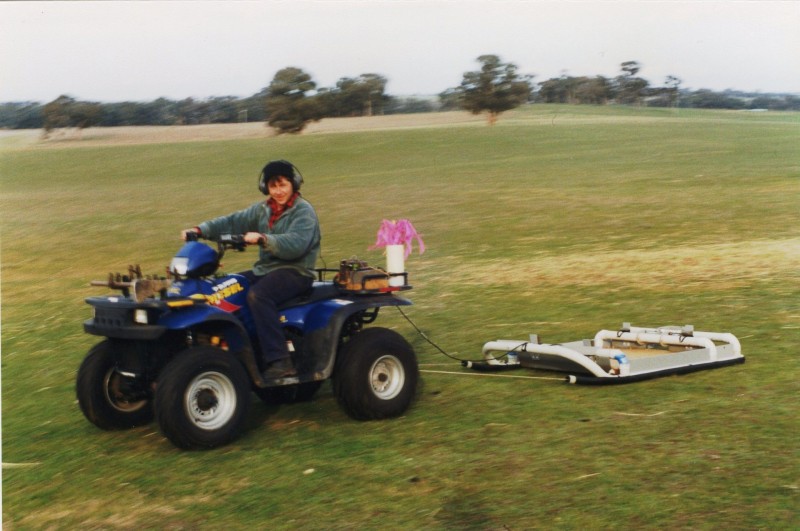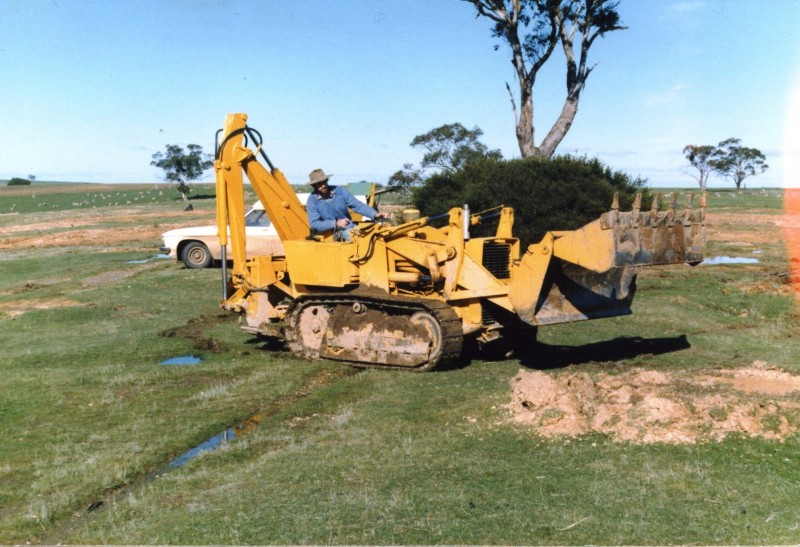-
Posts
576 -
Joined
-
Last visited
-
Days Won
14
Content Type
Forums
Detector Prospector Home
Detector Database
Downloads
Everything posted by jrbeatty
-
Yes, WA different story. Fuel containers essential in remote areas, but LP gas available in most regional towns.
-
Mitchel: Reg is probably busy sampling the local Mekong whisky, but will doubtless get back to us eventually. Fuel is plentiful in central Victoria and a good country pub is never too far either. It really is an enjoyable and civilised place to detect, yet at night you can camp in the bush and feel like you're a thousand miles from anywhere. I didn't anticipate that Reg's van would prove more popular than his gold - - -
-
Perfect in my opinion, and you can include July August and September as well. Usually the only time I can get away prospecting is June/July/August which is southern Hemisphere winter. Reg: How's that typhoon affecting your trip?
-
That's quite all right KJW. If Reg wasn't OS I'm sure he'd tell us which motor, etc he has fitted. All I can say is that it goes like the clappers when he puts his foot down, and you can hear it coming from a long way off! This album has partly been copied from a web archive fragment I found on the "Wayback Machine" but much has had to be re-written. I do this by uploading images (from a memory stick containing the entire album, obtained from Jannine) to a webhost service and then send them in small batches to Reg in a personal message. Upon receipt of these he sequentially labels them and returns them to me, whereupon I post them here. A bit cumbersome but it works. With Reg away, I'll post more recent stuff I'm very familiar with. This one is a reminder to all that big gold is still waiting to be found. Take heart Mitchel and KJW: 27 oz from 2015 south of Ballarat. Reggie can still find the biggies and is determined to break the 100 oz barrier. I'm certainly not betting against that possibility!
-
Sure is. The area was all holes but has been returned to pasture, except every now and then part of it opens up again. One of the places Reg may take you, a bit of junk, but every now and then - - -
-
That's a bummer Mitchel. Damn stuffs sure getting scarce!
-
Hey Paul! The only way to get that van would be to prise the steering wheel from Reg's cold dead hands. On the job at Maldon. We got a very pretty, flat 6 gram colour from near that caved in shaft a few months back. There was also a trapped lamb down there which we liberated. You can just make out the reef workings that enriched the lead on the hill in the distance above the stick:
-
Good to see you back, Mitchel Reg is in Vietnam for a week, so we'll plug on without him. I recall trying very hard to avoid going there when I was 19 "Specimen found by John at Amherst. About 6ozs from memory" A quiet Victoria Bitter after work with Ian. I don't know how anybody can drink that stuff. Isn't it called "Green Death"?! : "Patchy Flat, near Dunolly. The larger piece was 9 ozs" "Lin Pratt, a jeweller from Bali, and Ian with John's old ute" Specimen from Maldon:
-
Always amazes me how "fractal" gold is. If you removed the coin background, it wouldn't be hard to call it a larger piece. Lets call it a 10 ouncer!
-
That old van has sure carried some gold in its time - Detail of 23 oz nugget from Garibaldi (between Kingower and Wedderburn) held earlier by Ian and Reg: "Beagle boys gold, details forgotten" Hey Reg! Must be nice to have found so much you forget about some of it! ;>) Reg always keeps his eyes open for wildlife in the bush though. An Antechinus (marsupial mouse) emerges from its home: Detail of gold from Ravens Patch Longbush. I ended up with these pieces as part of a deal:
-
Reg's pride and joy, Paul. A Ford Transit van from the 70's Got a pretty powerful non standard engine and runs on LP gas/petrol. He resprayed it a few months back and it now looks like new. My Image: On the job, 1990's with detecting buddy "Reliable" Ray Daniel: Reg now has a similar model campervan version as well . With orphaned lambs and QED detector. My VW 4WD camper on the right. My Image:
-
We're not done yet, Au, just a matter of me getting myself organised. Sure was MB! Morning start WA mid 90's. JHS cleaning teeth Here we go - - - " 11 oz lump from the "Monte Cristo" reef Havelock" Before the "Roughie" with the GS 15000. Don't recognise the young bloke with the beard! Sun Herald 11 Sep 86: Off sleddin' with daughter Thea: Detail 8 oz held by Ian earlier: "13 oz bit, all on its own near Stirling rush Wedderburn":
-
Yes indeed.
-
Hi MB: You know, I'm not certain exactly where that image was taken, except to say that it was nearer Leonora than Laverton. Reg with his more photographic (no pun, etc) memory may know better : There were a few other images that Reg took, but I was videotaping back then and I'm buggered if I can find the tapes now John, Ritchie Wilton and Reg with gold. They were working separately as a team. Jim Stewart and I were working separately but we often combined forces, being old mates: Reg with 6 oz specimen. WA I'll get into trouble for posting this image because I know he hates it! It's okay Reg, we all look like crap anyway these days! 6 oz specimen and small gold from the area: Many more images from that trip but more general interest than gold specific -
-
Yes indeed Goldwright, and a 44 ozer looks OK too. This is a closer look at the one held by Ian and Reg earlier. Nov 89: Ian looks pleased with this handful: As a diversion, some of our US friends may not be aware that 31st President Herbert Hoover once lived in Australia. As a brilliant young mining engineer (working for the British firm Berwick Moreing) he was employed as manager of the "Sons of Gwalia" mine in remote WA, near Leonora in 1897. He was only in his early twenties at the time. This mine has had a very long life. More on Hoover in Australia here: http://blog.perthmint.com.au/2012/07/04/which-united-states-president-dug-for-australian-gold/ Managers house. Gwalia. Now a museum. Photos by Reg, mid 90's: Original poppet head designed by Hoover. Gwalia Museum: Gwalia open cut (now worked via a decline at the bottom) About 50 oz from the "Orange Roughie" paddock Rokewood: The machine that found it. Minelab GT 16000 prototype. (Photo: Sun Herald):
-
Thanks Swegin. I often wonder what would be the percentage of extra gold found with detectors when compared to the "Gold Rush" total? My rough uneducated guess would be about 10%. Does any one else have any ideas?
-
You're welcome Paul. Posting all this gold has got me itching to get back to Victoria - but alas - too busy atm. "Rattlesnake John" : Garibaldi gold. The larger piece (held by Ian earlier) bears a scar which Reg assures me was already present when the piece was unearthed: Detail of 20 oz nugget from Stirling Rush: Dunolly gold. 27 oz, 21.5 oz 2 X 9 oz, 14 oz, 7 oz, 3 oz. Sep/Oct 1989 27 oz clean gold from Clay gully Dunolly (detail of above)
-
"Rough gold from Havelock, with a couple of smooth 'ring ins'. The specimen in the middle was about 6 ozs, and detected by Ian sitting on the surface" Detail of specimen: "This was detected by Ian Jacques at Paddy's gully, Rokewood Junction. Unfortunately, because the quartz was yellow the gold does not stand out very well, and I neglected to include something for scale. It was about the size of a small apple, and contained about 6 ozs of gold, with the gold standing out from the very worn quartz, a phenomenon I have noticed with other worn quartz specimens. Why this should occur is a bit of a mystery" Probably caused by impact abrasion operating in a high energy water environment. The gold being malleable is better able to withstand this form of erosion: "I can't remember where these came from, so let's just attribute them to the 'Beagle Boys'
-
Good hunting!
-
"John with 14 oz bit from Guy's Rush. This was detected by me using a 24'' coil wound by Lance Hewitt and kevlared by me" My comment : Guys Rush is an extraordinarily rich Tertiary deposit set amidst rural farmland north of Possum Hill in central Victoria. Despite being shallow "pushed" in the early 80's, It has yielded many large deep nuggets to detector operators. In the late 90's, John found a 30 odd oz piece at depth there working alone with his own flat litz wound 36" coil (nothing new about flat wound coils) Jim Stewart "specked" a 6 oz piece under a bulldozed rock there. He at first thought it was a crumpled Benson and Hedges packet. Guys Rush has special significance for me - It was about the mid 90's. John arrived about midday at Jim Stewarts Laanecoorie Lakeside park with the welcome news that he had met the new owner of Guys, and had arranged permission for us to detect it, but we were allowed only one day to do so. John was quite the diplomat and often organised properties to detect which others had failed to get on. It took awhile to get Jim organised (as it often did, he was a late morning starter) but after numerous coffees and fags, we finally bundled him into John's ute, along with the "Bismarck", a 36" bundle wound coil Jim had wound for the SD 2000. It had a special 2000 box with a low clock speed which Bruce Candy had made especially for Jim - ideal for large deep targets and it found much big gold: By the time we arrived it was late afternoon. We took turns wearing the shoulder mounted "Bismarck". After a few hours the first colour (a 5 oz bit) was unearthed and, by the time a faint broad signal was detected further downslope, evening had arrived. In the gathering darkness we started digging. First the pick handle broke, then we discovered that in our haste to depart, we had no other digging equipment. The clincher was to discover that we didn't have a torch either, and couldn't get the vehicle headlights anywhere near where we were digging. Of course, to make matters worse, we next discovered that the sd2200 we used as a pinpointer had a flat battery. Regardless, we soldiered on, taking turns with the pick head in the hard cemented wash, digging the dirt with our bare hands throughout that pitch black night, pinpointing with a 3 foot loop. After many more hours, with skinned knuckles and blisters, we had dug about a meter. Finally, John felt the weight of the 30 oz nugget in his hands, and we eventually left about midnight, our day's permission utilised to the last minute! Of course, there was a big "ding" mark on one end of the Aboriginal axe shaped solid gold piece, along with much more ancient scratch marks left by its journey along a long gone rocky stream bed.
-
- - plus you can have some juvenile fun when not detecting
-
Hijack is fine Paul. I see it's now a separate thread anyway. Here's Reg's early model detecting sled again: He now uses a sheet of conveyer belting - much simpler! The streamers are thrown out when a signal is heard and followed up with a hand detector.
-
Didn't have to be too slow detecting a "push" claim since you were "peeling" off only a few inches at a time. John H.S was by far the best detector operator I ever encountered. Found huge quantities in his time. It was a learning experience for me watching him work. Partially due to arthritis, he retired from detecting in the late 90's a wealthy man.
-
Many of the paddocks in that area were pegged and "pushed" in the 80's/90's. I've got some ancient VHSC videotape of such work on my MRC claim at Billy Goat Gully (Kingower) featuring John and Ian with SD 2000 prototypes: To see the result, check out "Kingower Gold 2"
-
Detail of the Poseidon 14 oz specimen presented to Roy Harris: Another shot of the Poseidon gold: Reg : "Ian crowbars out a 14 ouncer at 'Little Red Streak', Patchy Flat, after John pinpoints it using my old prototype GT 16000" "A small virgin patch from west of little Red Streak gully, Dunolly, detected by Ray Daniel and myself" "19 oz lump from Rheola. So shallow I could have kicked it out with my boot" "Ray Daniel operating my detecting 'sled' at Baringup West" "Cleaning up some old heaps on the Kangaroo diggings, south of Berringa, using my little Massey Ferguson drott. A handy machine"


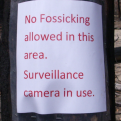

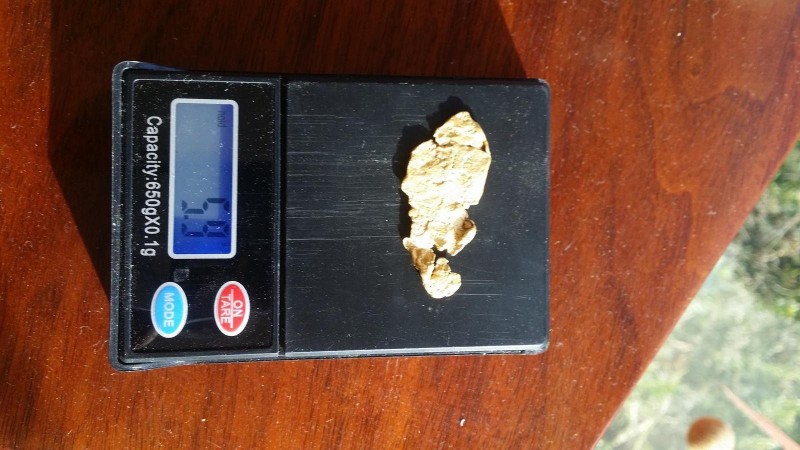

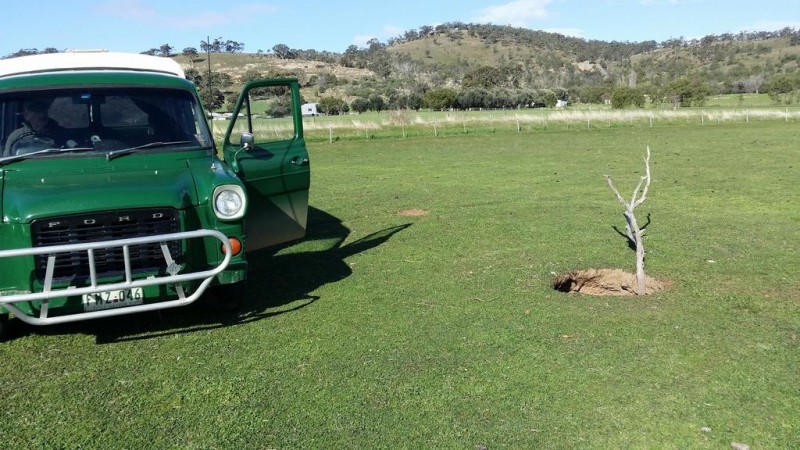
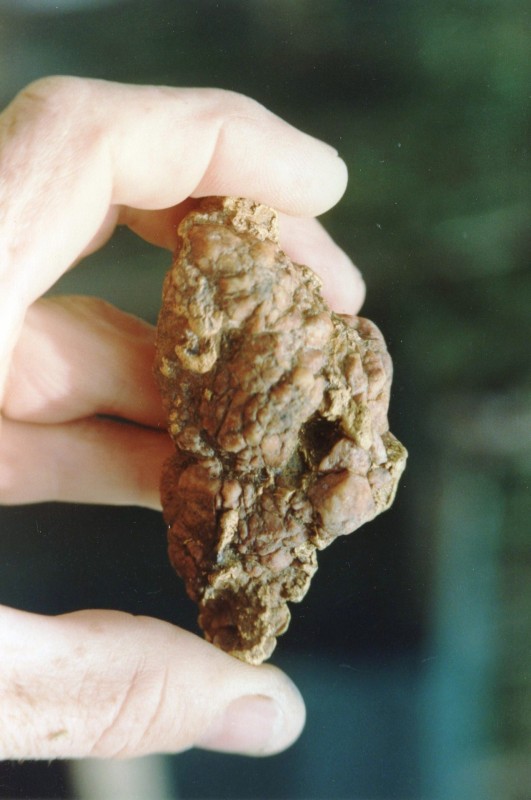
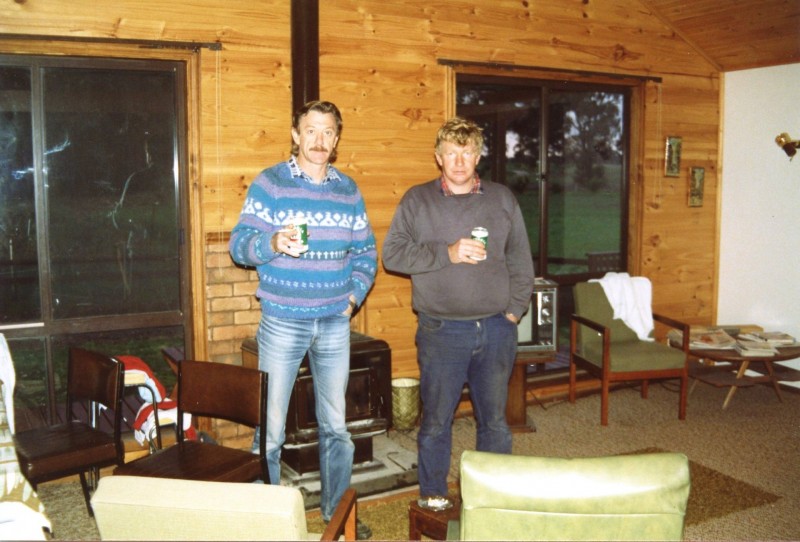
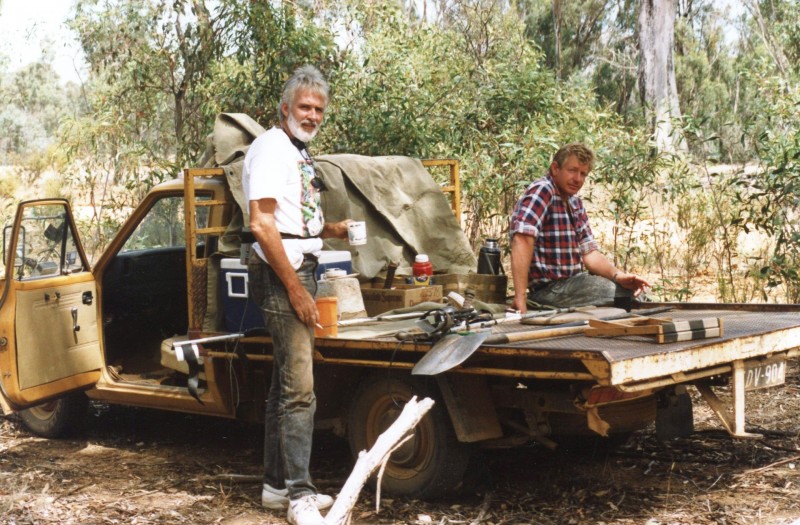
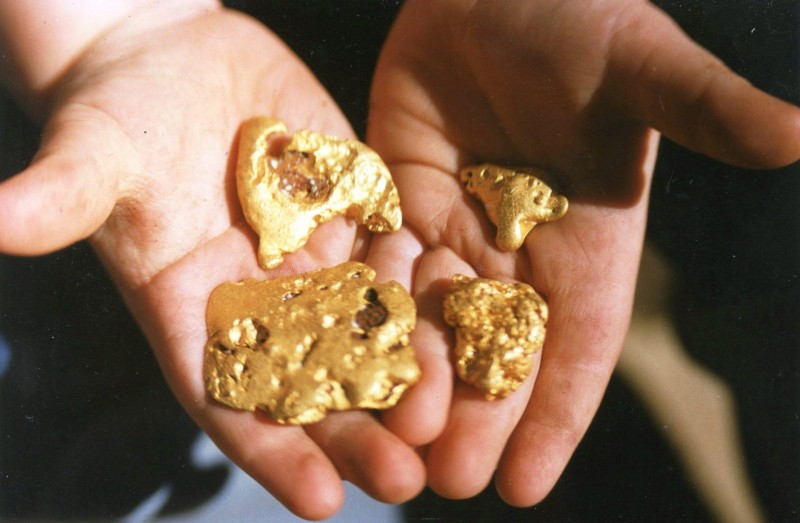
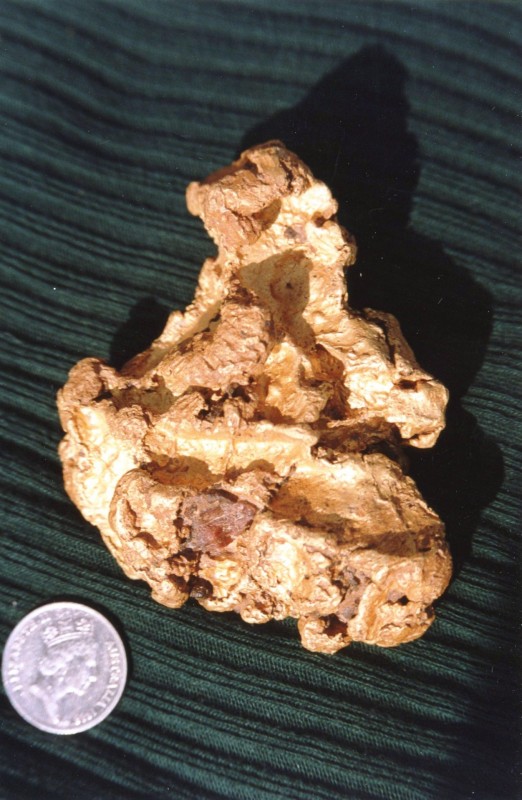
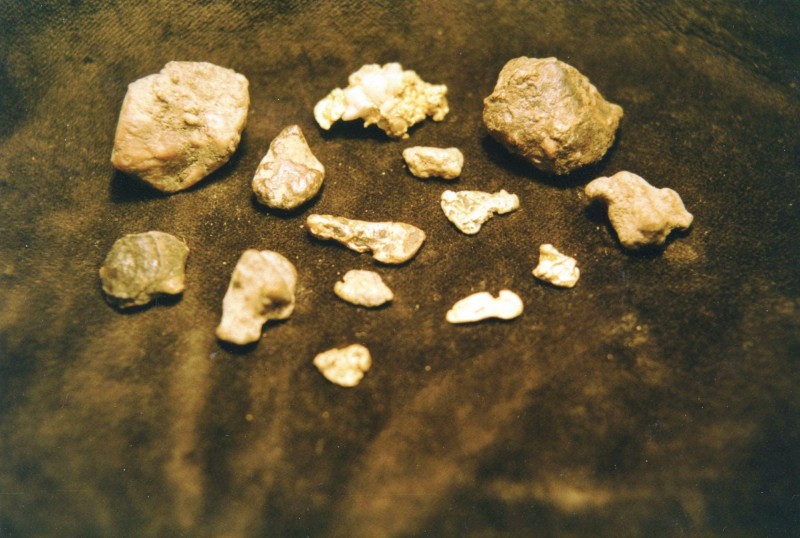
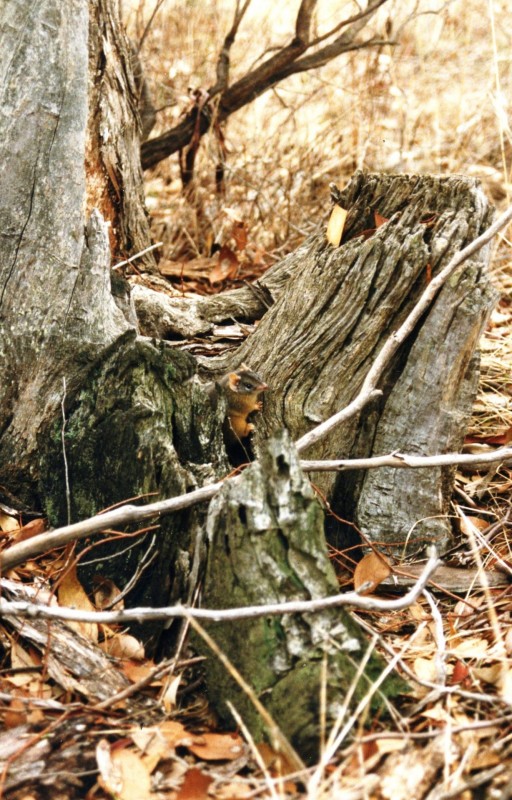
.thumb.jpg.a9e16b676b90331034c090ca71cc68d5.jpg)
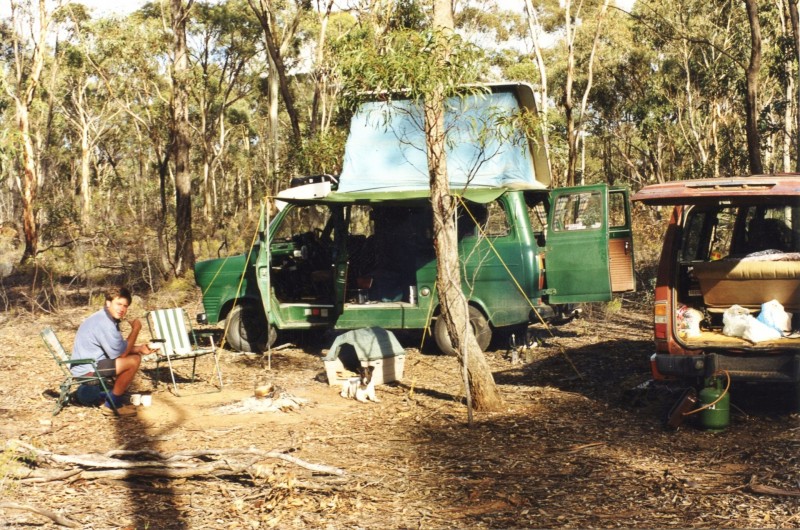
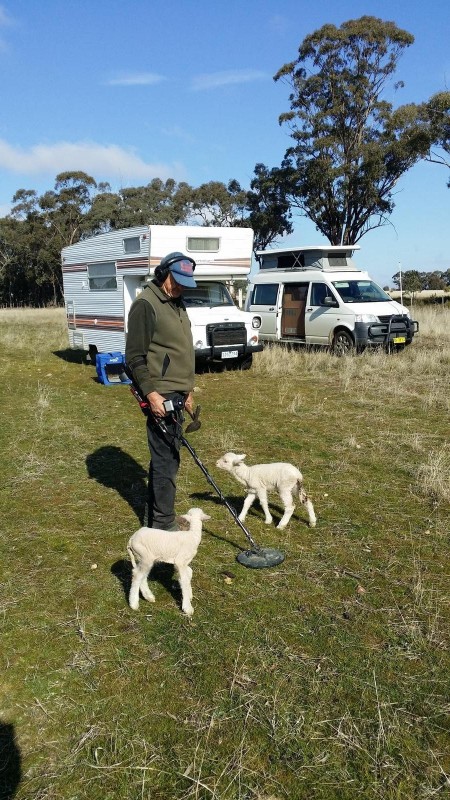
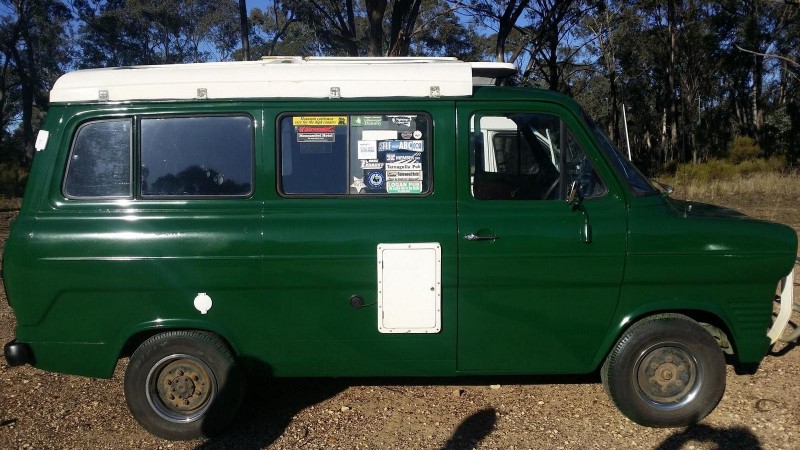
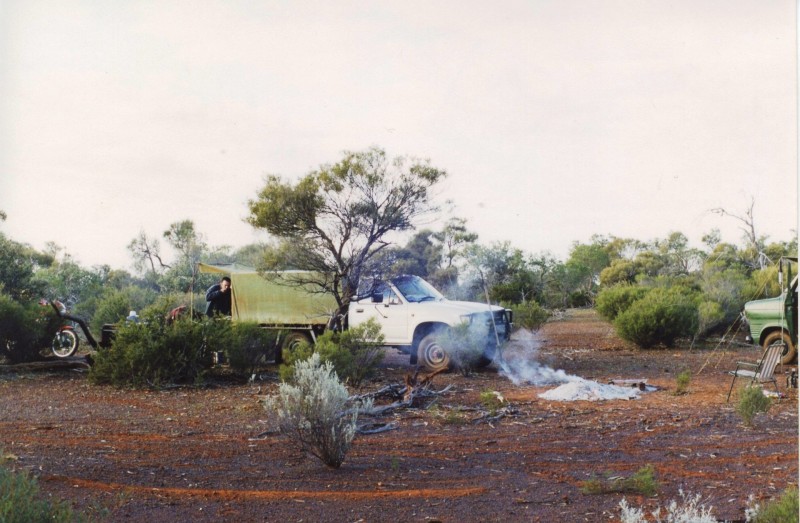
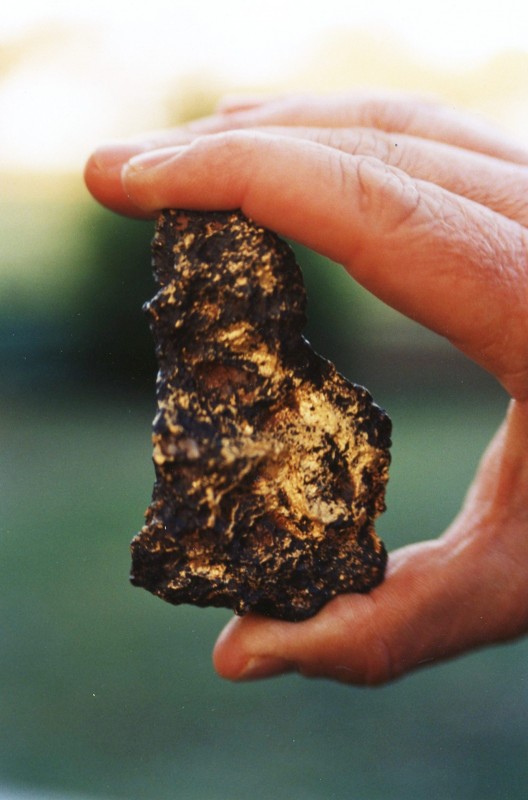
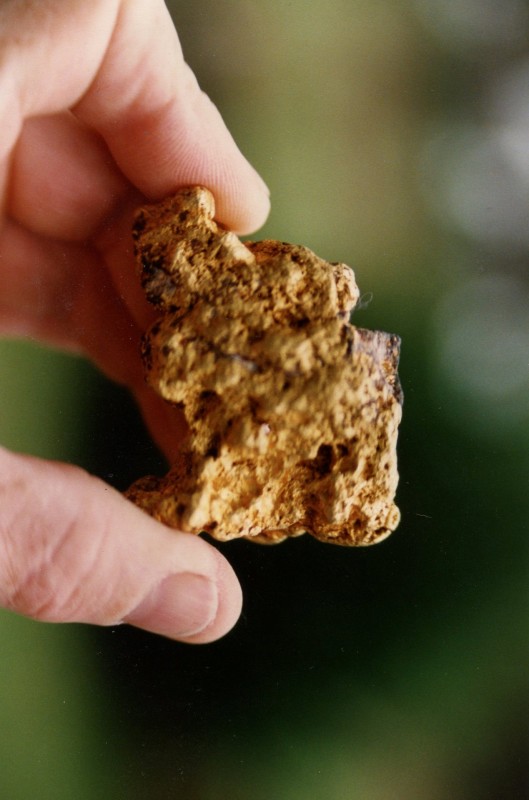
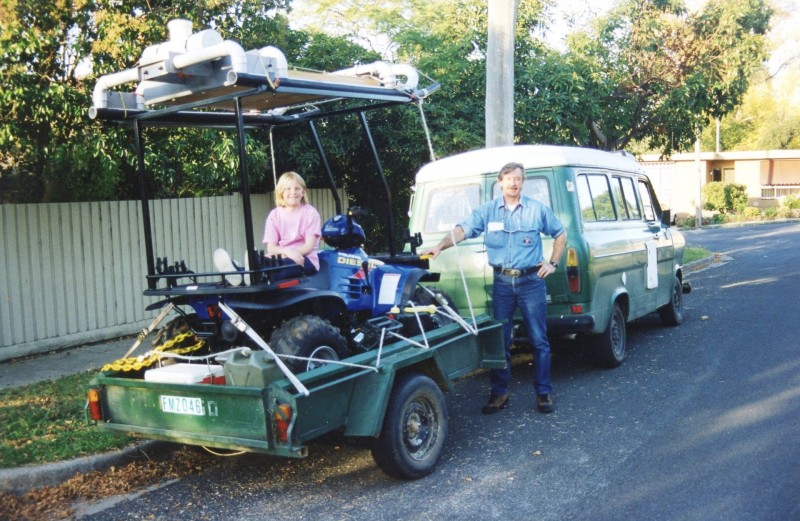
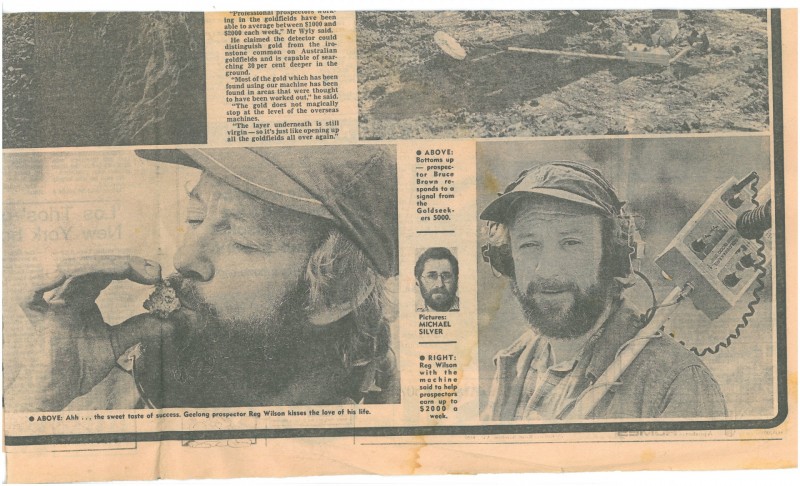
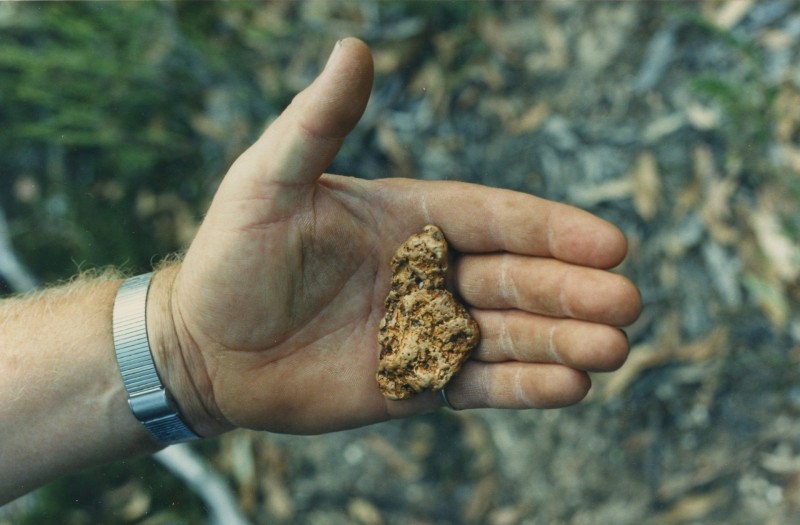
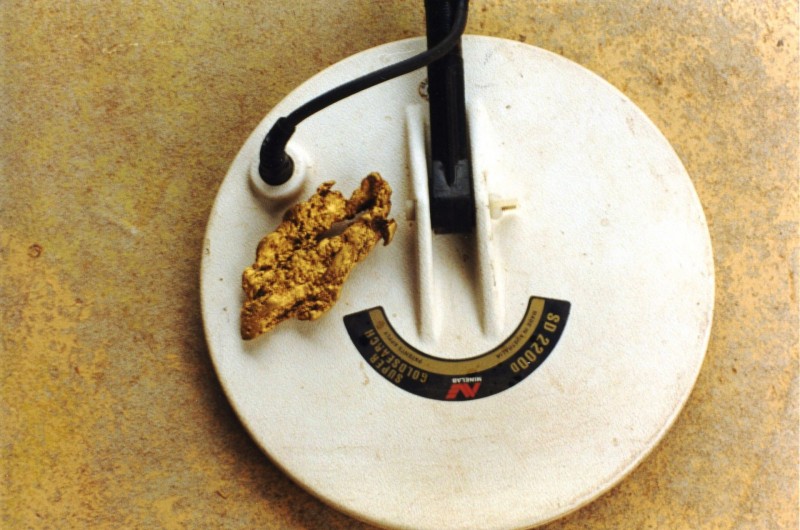
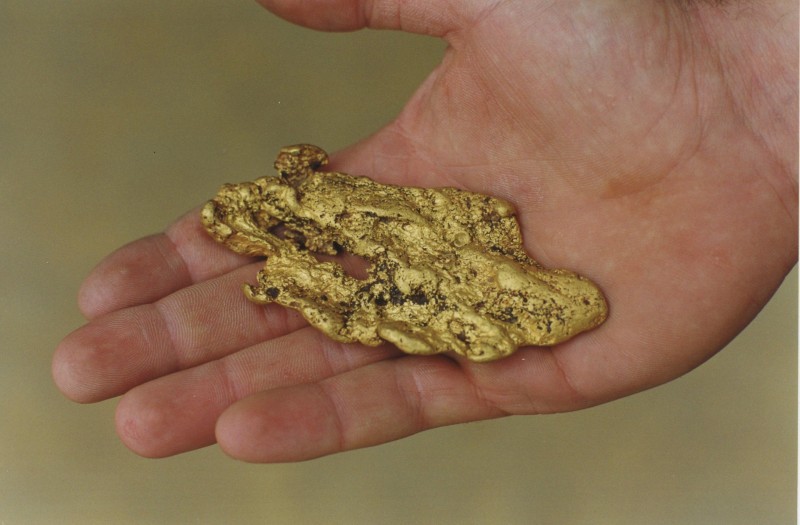
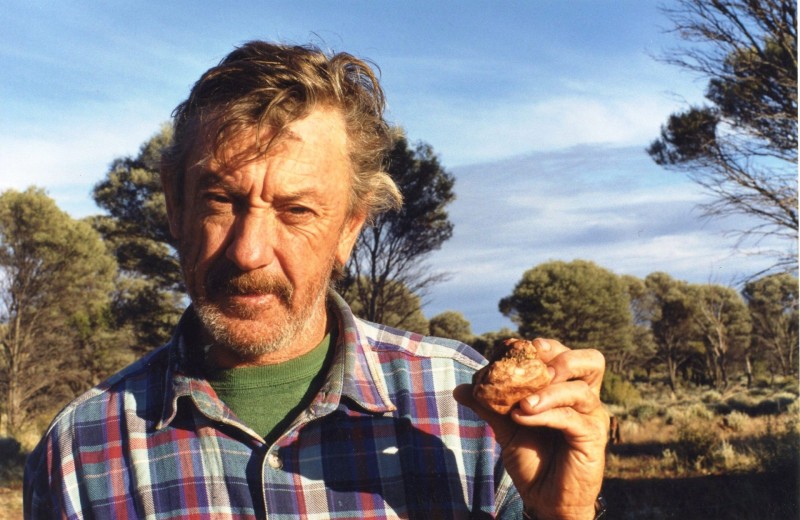
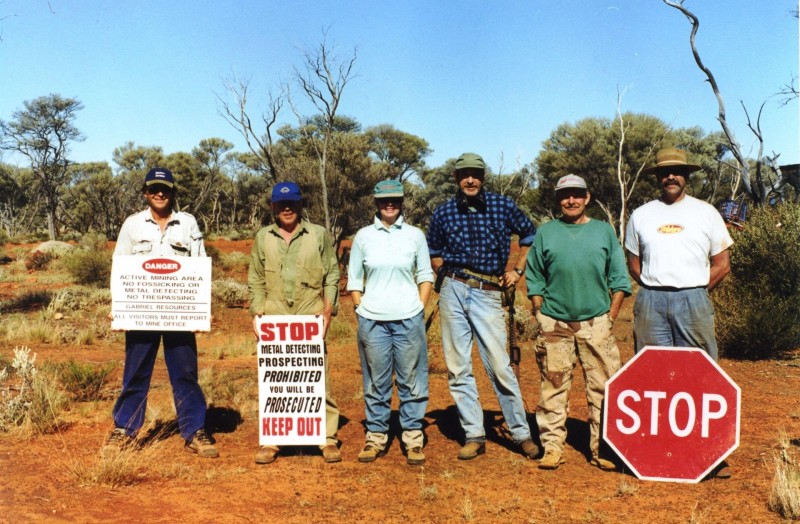
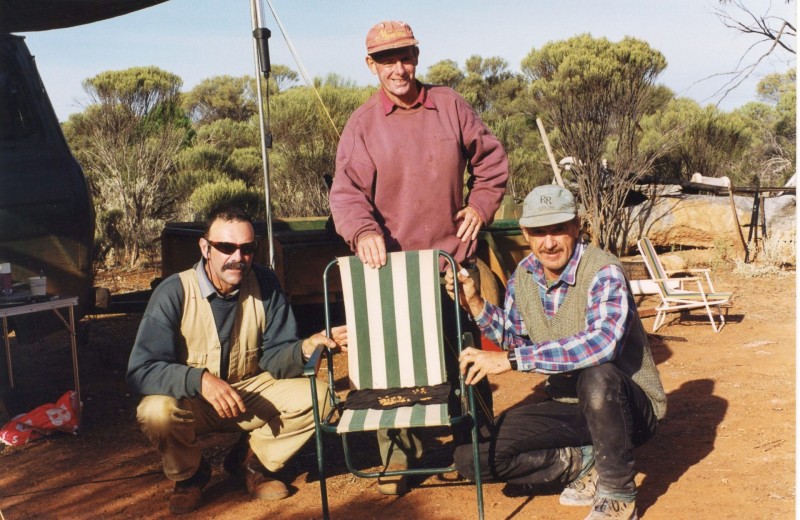
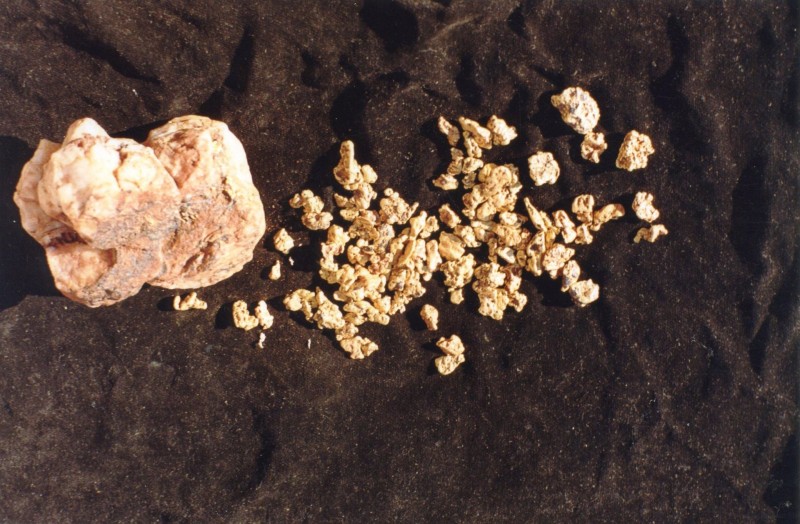
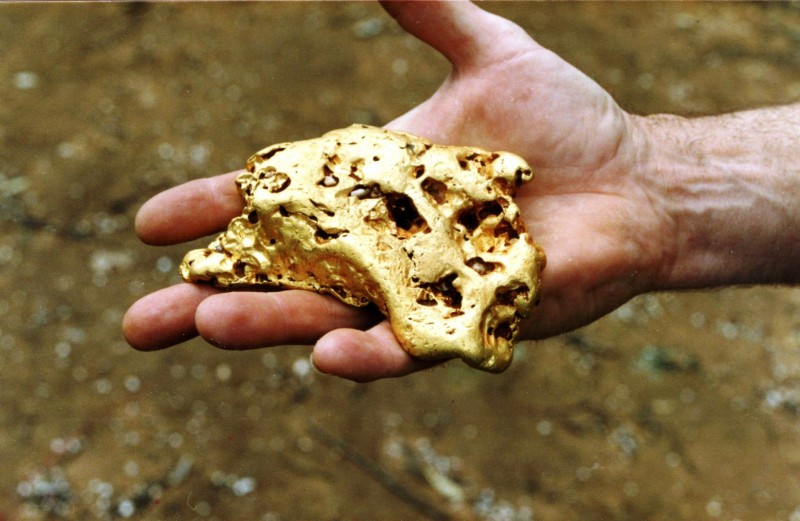
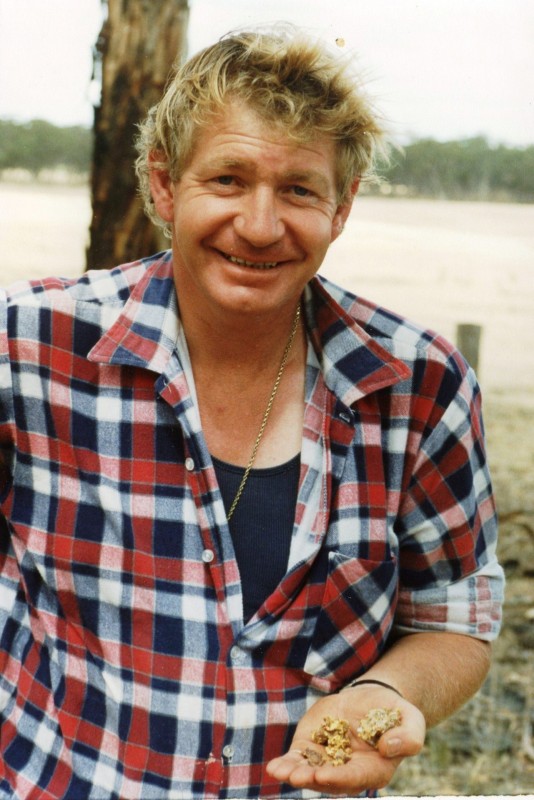
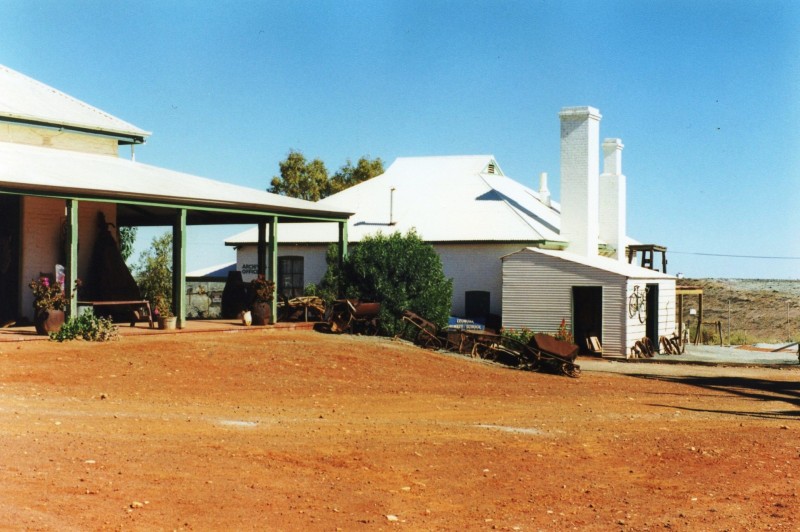
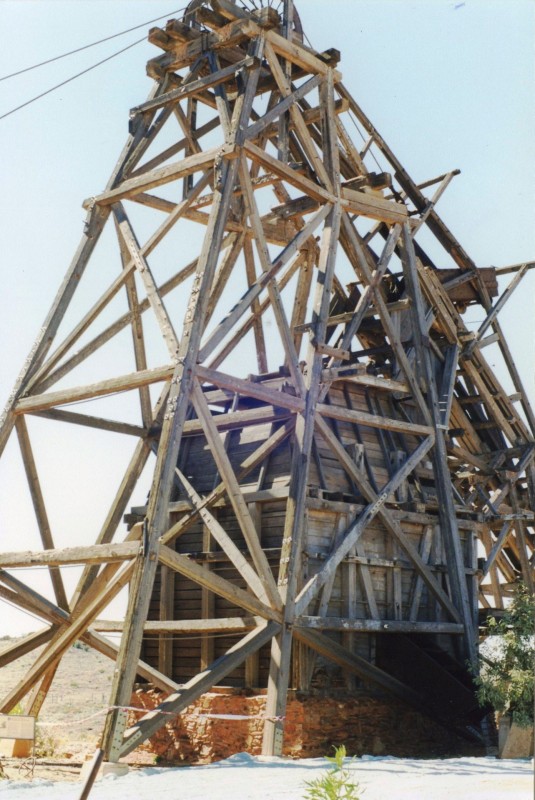
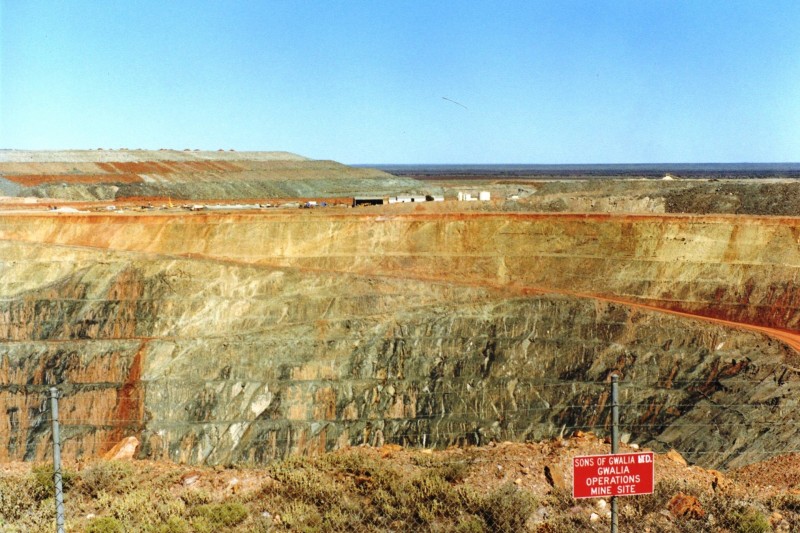
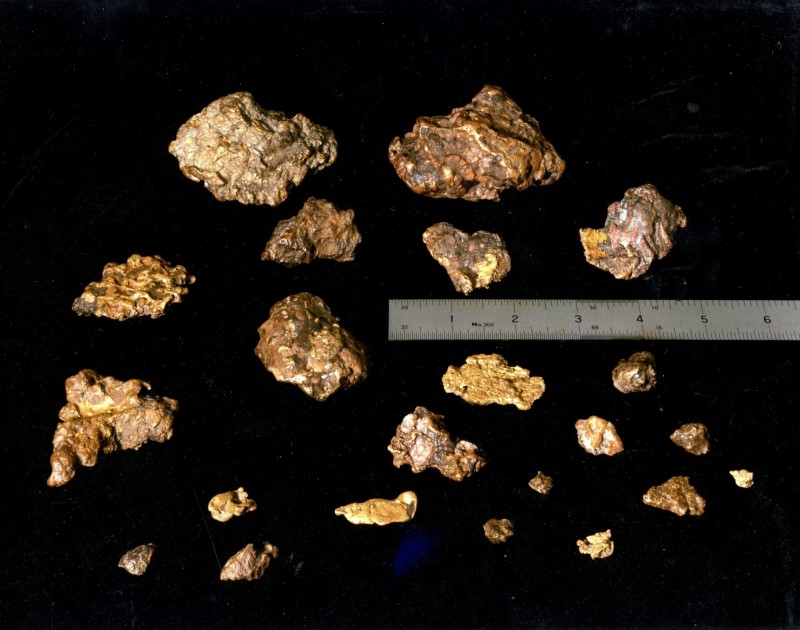
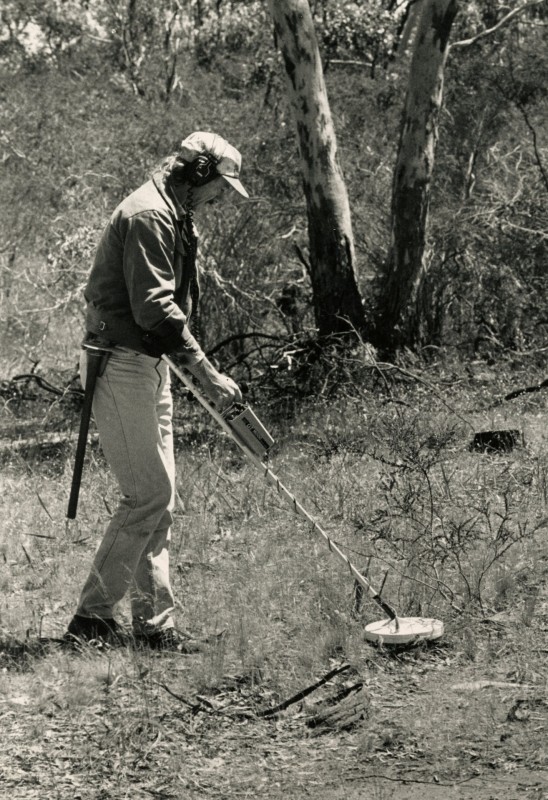
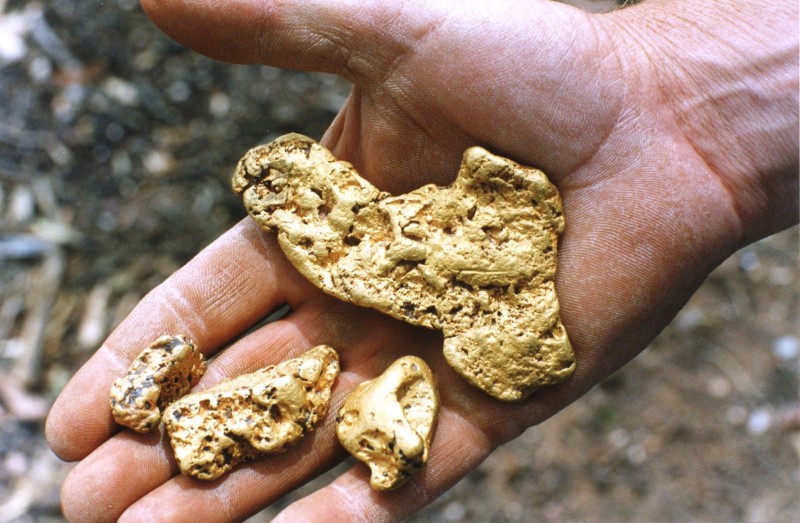
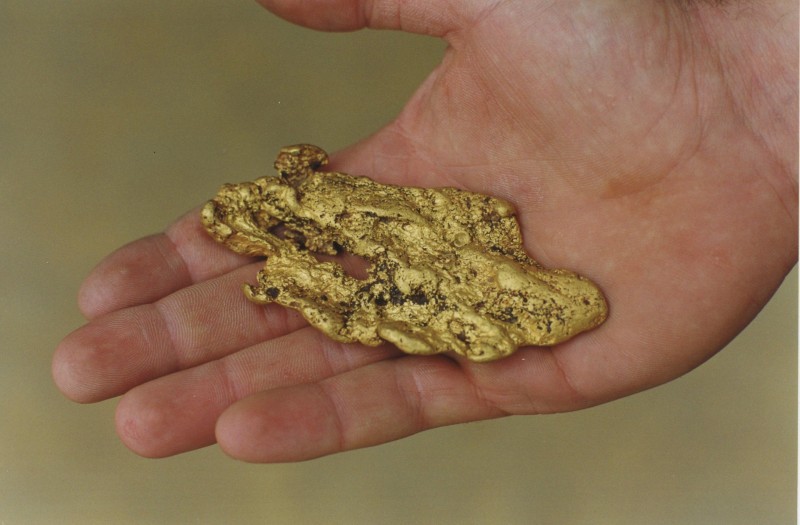
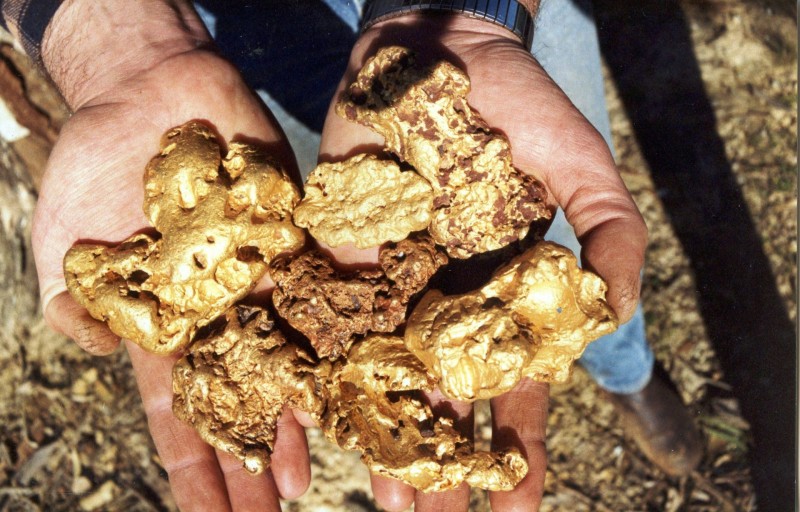
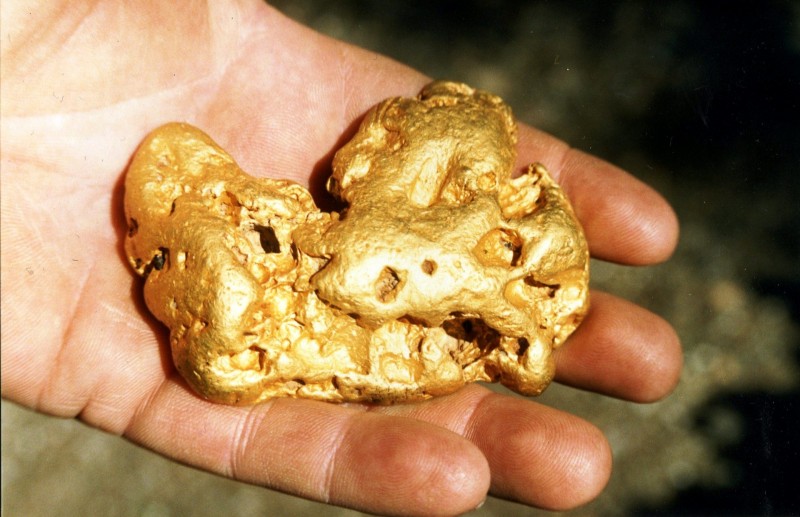
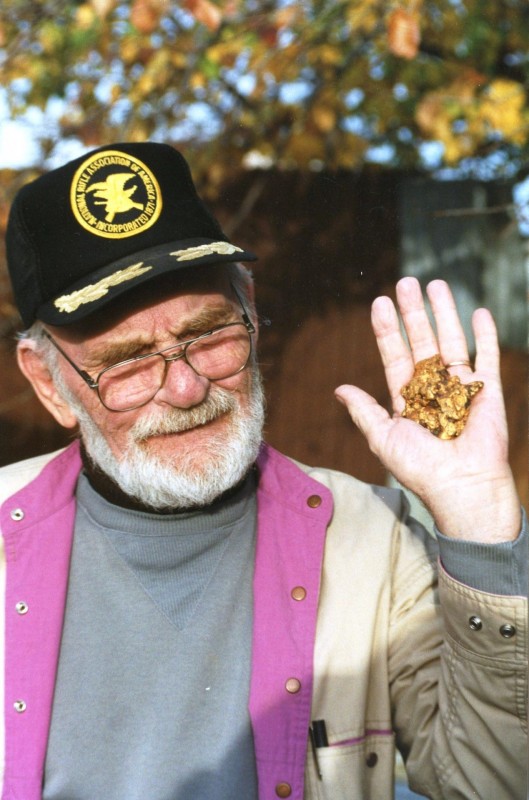
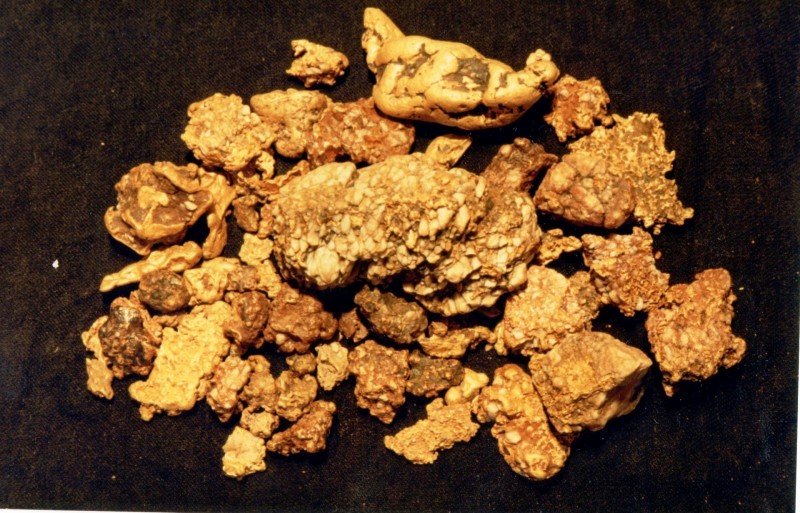
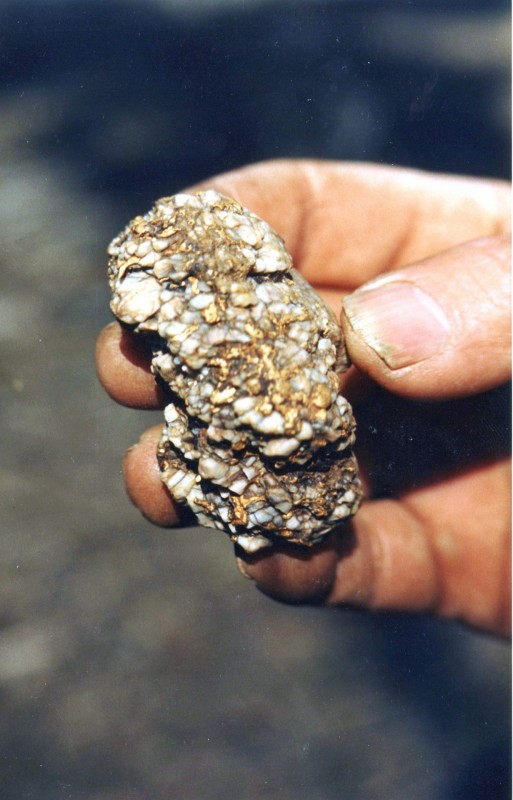
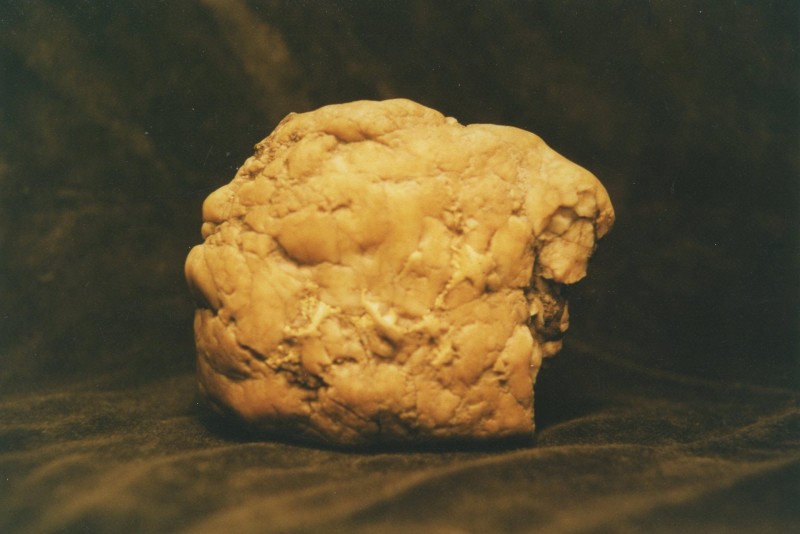
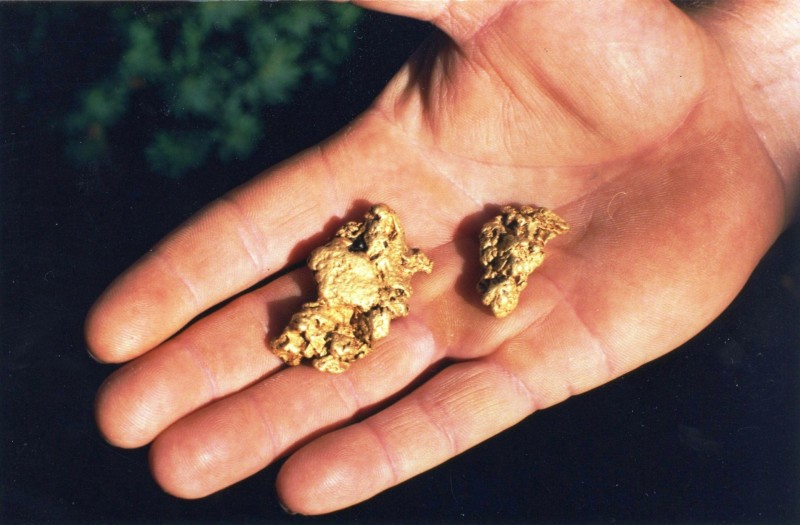
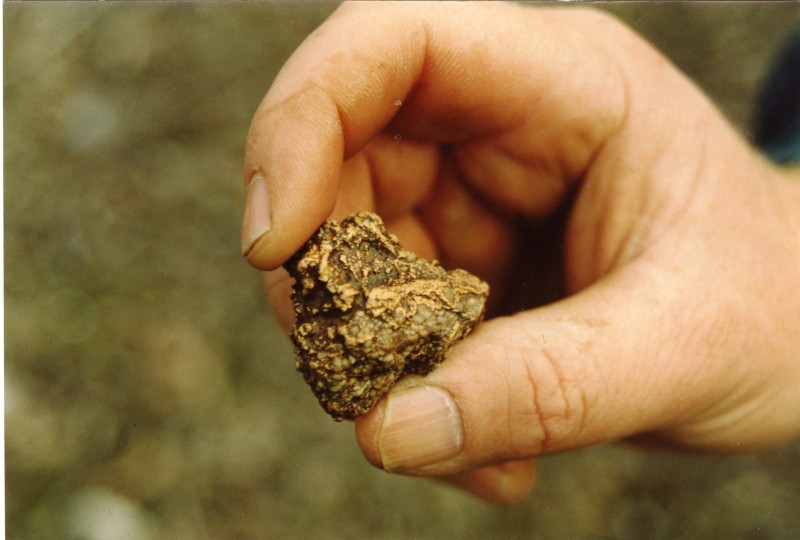
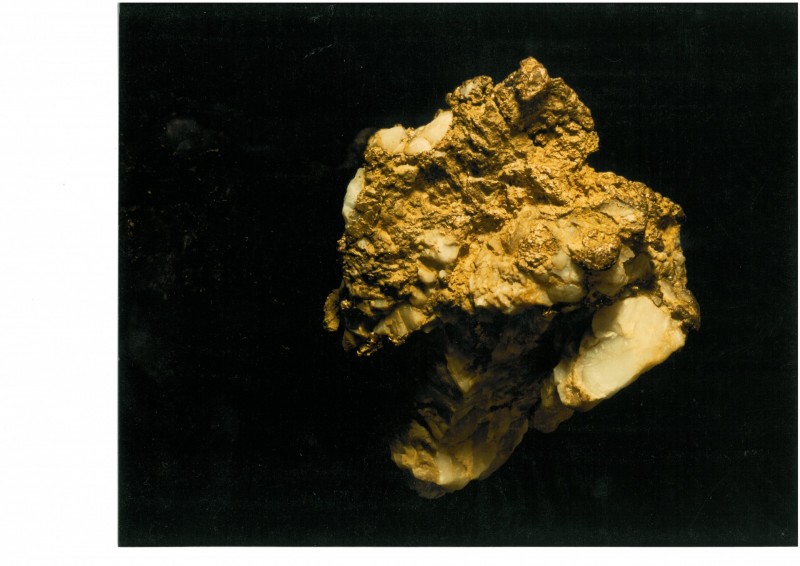
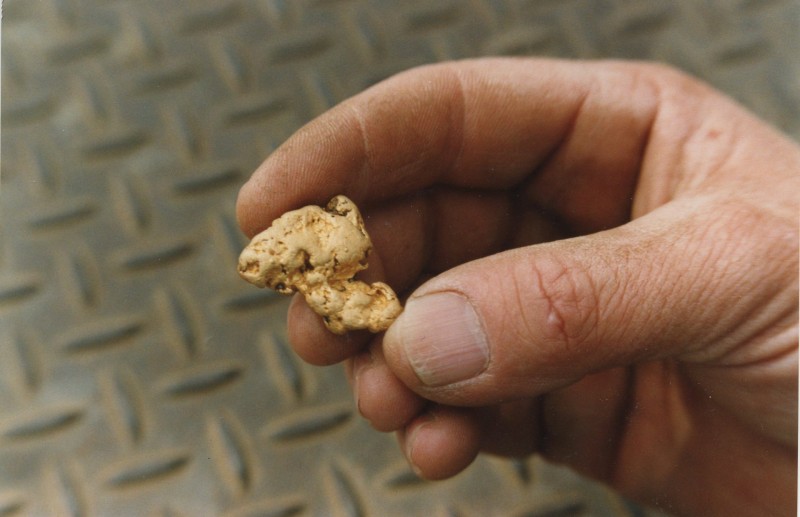
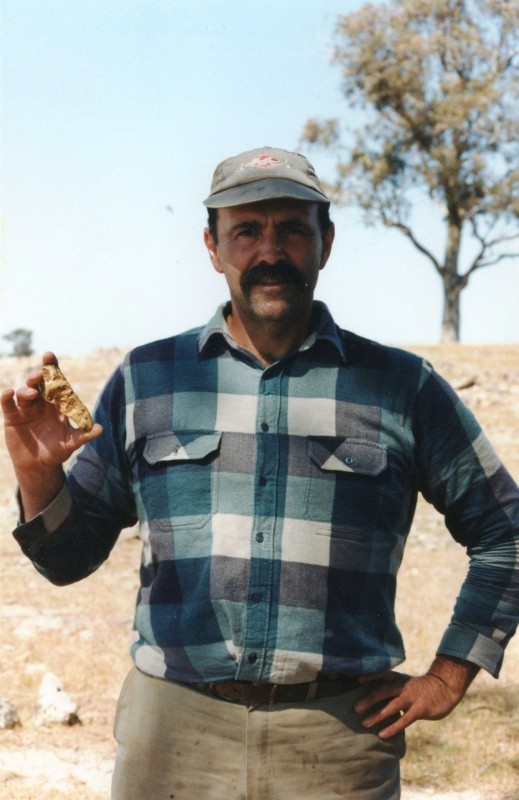
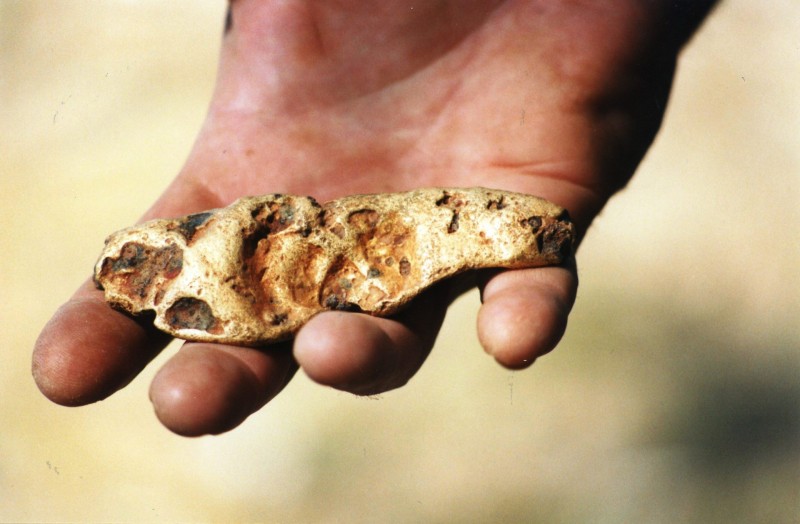
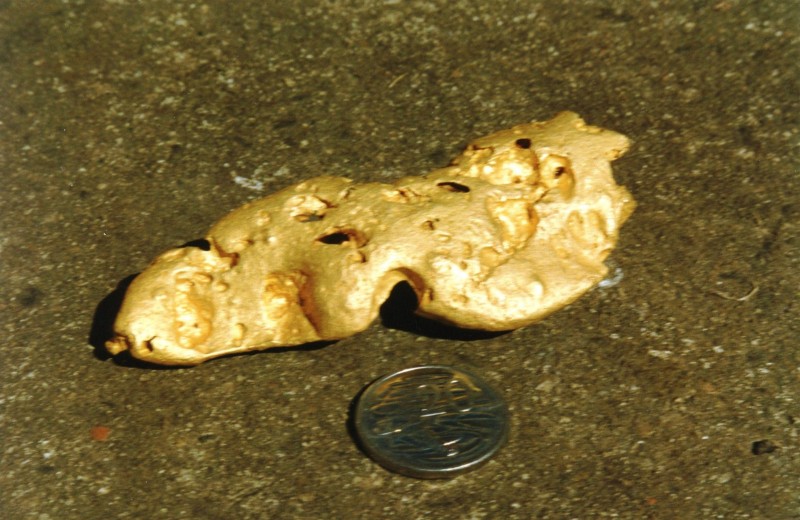
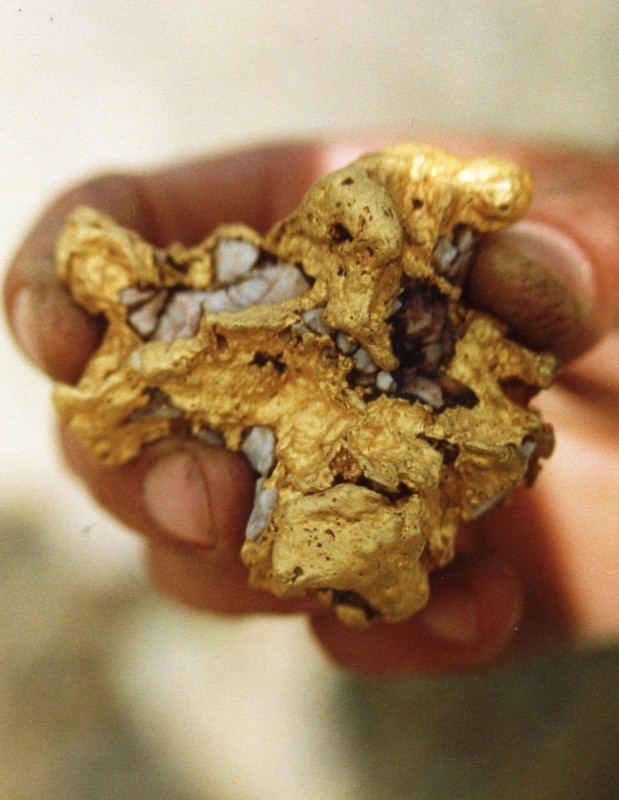
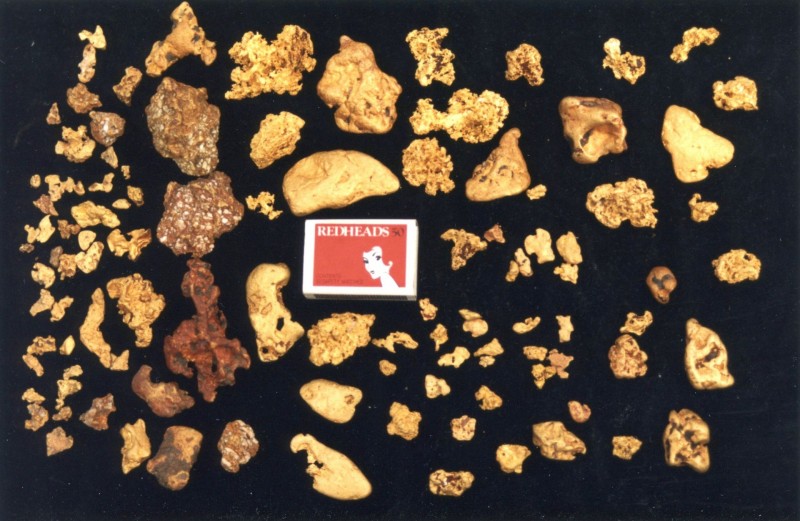
.thumb.jpg.0f72be51adcbb084ee5727d11e1262c6.jpg)
